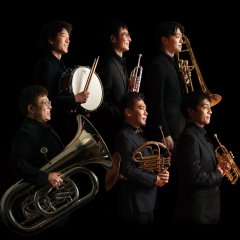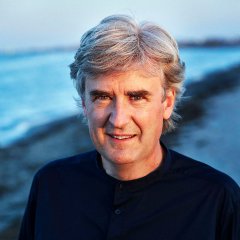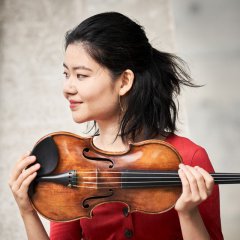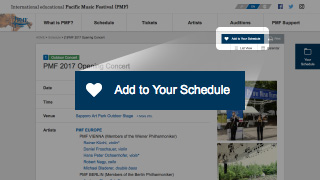[7/29 8:00] The Picnic Concert will be held as scheduled.
☆Scroll down to the blue "Program notes" banner (below the program) to see John Phillips's full remarks on this symphony!
☆Thomas Dausgaard - message to PMF
☆Mayumi Kanagawa - maessage to PMF
HOME > > Outdoor Concert > Picnic Concert
Added to
Your Schedule
Outdoor Concert
Picnic Concert
- Leonard Bernstein Memorial Concert -
This performance has ended
.jpg)



Date
July 29 (Sat), 2023
Time
- Doors open
- 11:00
- Concert starts
- 12:00
- Concert ends (approx.)
- 15:30
Artists
Part I [12:00~]
ARK BRASS
Tomonori Sato, trumpet
Cheonho Yoon, trumpet
Nobuaki Fukukawa, horn
Kou Aoki, trombone
Shimpei Tsugita, tuba
Takanori Akita, percussion
Members of PMF AMERICA*
Daniel Matsukawa, conductor
Mark J. Inouye, trumpet
Andrew Bain, horn
Timothy Higgins, trombone
Joseph Pereira, timpani
Members of the PMF Orchestra*
・Trumpet: Nacho Civera Chulbi, Grace O’Connell, Jangwon Son, Keisuke Takamatsu
・Horn: Winder Arteaga, Johannes Gerl, Sam Kuijper, Una Weske, Jaebin Yum
・Trombone: Romà Ivars, Theodore Swanson
・Bass trombone: Tomer Schwartz
・Tuba: Nodoka Watanabe
Part II [ca. 13:00~]
PMF Orchestra Concert
Thomas Dausgaard, conductor
Mayumi Kanagawa, violin**
PMF AMERICA
PMF Orchestra
Program
Part I [12:00~]
[Percussion Members of the PMF Orchestra]
◆Dai Fujikura:
Uto – for 4 (taiko) drummers
(ca. 6 minutes)
[ARK BRASS]
(ca. 30 minutes)
◆Joplin (arr. J. Iveson):
The Entertainer
◆Simon Caby/Cecile Corbel (arr. R. Ishikawa):
Arrietty's Song
◆Piazzolla (arr. K. Hoshino):
Libertango
◆Rimsky-Korsakov (arr. T. Haga):
’The Flight of the Bumble-Bee’ from "Tale of Tsar Saltan Suite"
◆J. Horovitz:
Music Hall Suite
◆Walton (arr. E. Howarth):
Spitfire Prelude and Fugue*
-Intermission-
Part II [ca. 13:00~]
◆Mendelssohn:
Violin Concerto in e minor, Op. 64**
(ca. 25 minutes)
Allegro molto appassionato
Andante
Allegretto non troppo - Allegro molto vivace
-Intermission-
◆Bruckner:
Symphony No. 9 in d minor, with fourth movement completion
(ca. 80 minutes)
ed. Cohrs (2000, from Orel & Nowak)
I. Feierlich, misterioso
II. Scherzo. Bewegt, lebhaft – Trio. Schnell
III. Adagio. Langsam, feierlich
Conclusive Revised Edition by Samale, Phillips, Cohrs, & Mazzuca (2012) *partially edited by Thomas Dausgaard
IV. Finale. Misterioso. Nicht schnell
- Duration: c. 3 and a half hours (with intermissions) -
Admission
Yen, incl. tax
Day-of tickets will be available starting at 10:30.
Chair: a few
Lawn: about 300 sheets
[Valid all day]
Chair (unreserved seat): 3,000
Lawn (unreserved seat): 2,000
U25: Chair; 1,000 / Lawn; Free
*All ages welcome!
Please submit the online form below. PMF staff will then contact you via email with further details. Tickets can be paid for and received on the day of the concert.
Application to purchase PMF 2023 concert tickets
Notes
*Program and artists are subject to change.

Supported by the Agency for Cultural Affairs, Government of Japan, Fiscal Year 2023
Sponsoring Organizations: Pacific Music Festival Organizing Committee / City of Sapporo
Mutual Sponsor: Sapporo Concert Hall Kitara
Subsidies: THE ITOGUMI FOUNDATION
Pacific Music Festival Organizing Committee
+81-11-242-2211
This performance has ended

